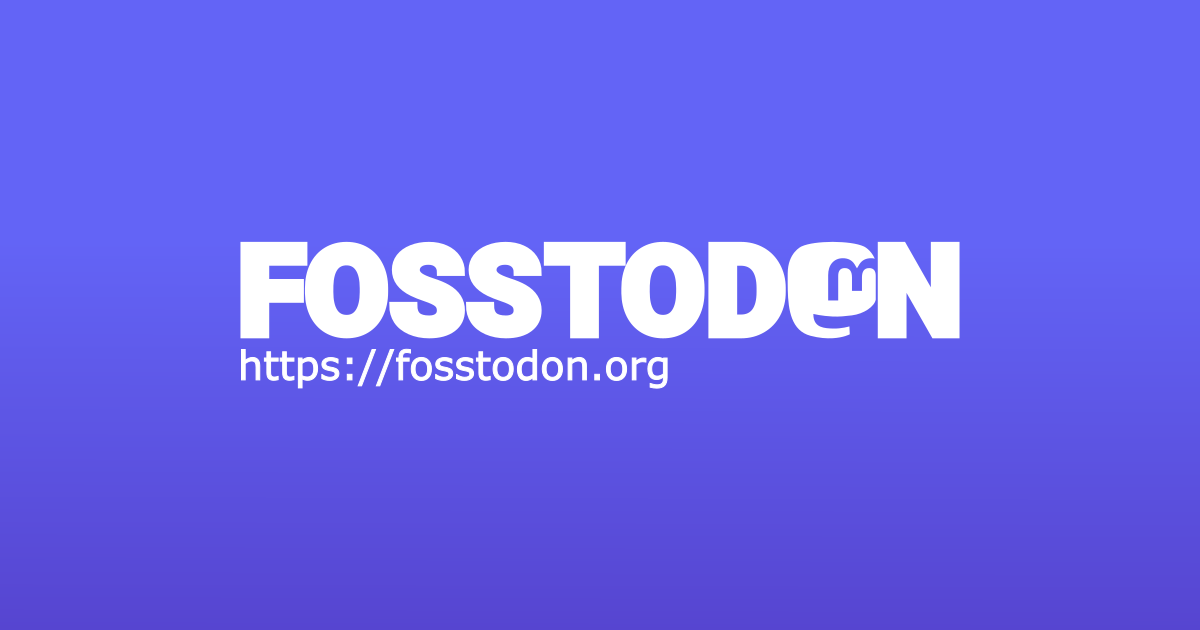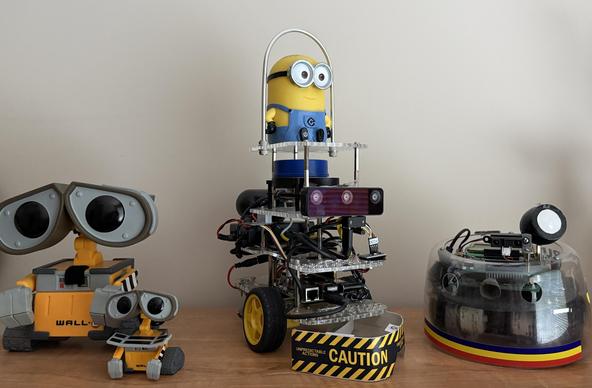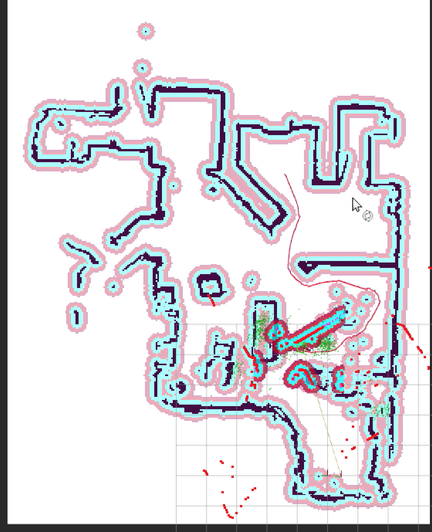What's on my mind?
Disappointment and Disillusionment!
- Invested 7 yrs in #GoPiGo3 #robot
- Created #ROS2 nodes for #proprioception, #odometry, #LIDAR, #docking, #tts #mapping, #navigation, #simulation, #ObjectRecognition, and #LifeLogging
- My robot cannot safely and reliably navigate in my complex home environment.
- No slower turns, no inflation value can fix
I'm done, destroyed, no strength left for "one more try". GoPi5Go-Dave is on the shelf with other "reached its limit" robots.



